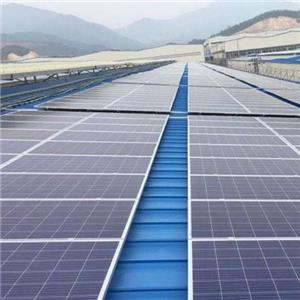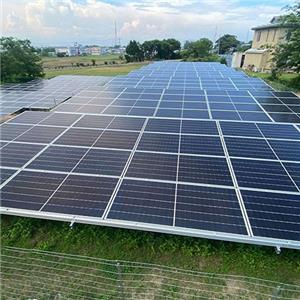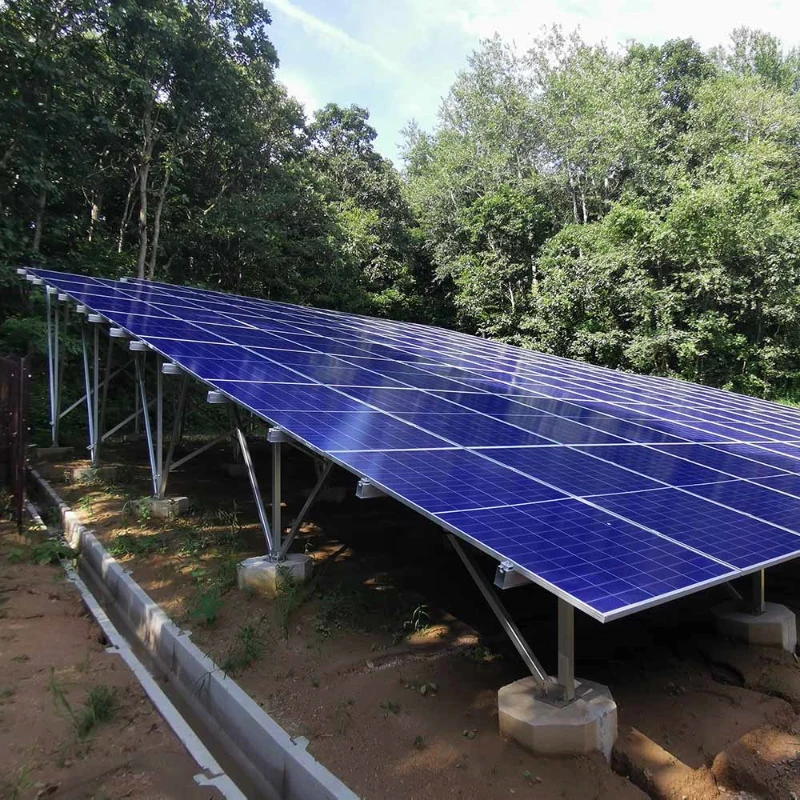Australia added 1.2GW of large-scale solar in 2021 but renewables investment slows, report finds
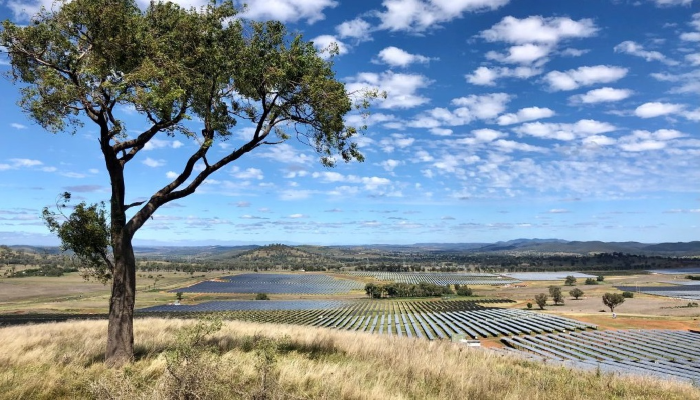
Large-scale solar deployment in Australia jumped 38% year-on-year in 2021 as its three largest PV plants were commissioned, but financial commitments for new renewables projects in the country fell, according to a new report.
A total of 1,209MW of solar projects with a capacity of more than 5MW were added in Australia in 2021, making it the sector’s second-best year, renewables association the Clean Energy Council (CEC) revealed in its 2022 Clean Energy Australia Report.
While renewable energy now accounts for 32.5% of Australia’s electricity, CEC chief executive Kane Thornton said the positive results last year are clouded by a significant slowdown in the pipeline for renewables, with the level of financial commitments for new large-scale projects falling by more than 17% between 2020 and 2021.
This reduction is due to continued policy uncertainty combined with the challenges associated with connecting renewables, said Thornton, adding: “These challenges have increased risks and slowed down the number of new projects coming forward. The slowdown is concerning in light of expectations that coal-fired power plants will continue to close earlier than previously anticipated.”
Among the landmarks last year was the commissioning of Australia’s largest solar project, the 275MW Darlington Point plant in New South Wales as well its second- and third-largest solar farms: the 200MW Kiamal project and 174MW Wellington install.
Largest solar projects installed in Australia in 2021
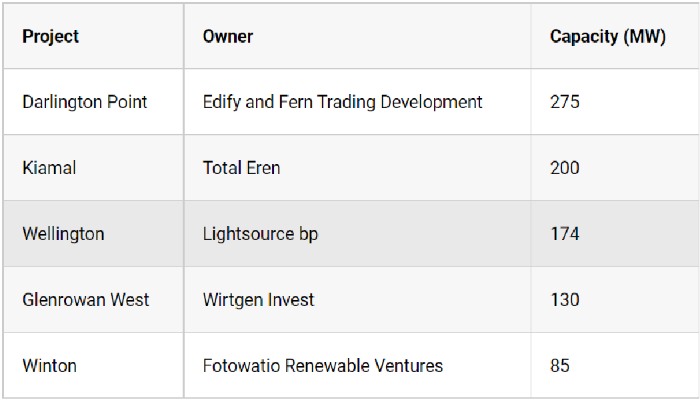
In terms of medium-scale projects (100kW – 5MW), the report said the COVID-19 pandemic had a noticeable impact on the performance of the segment for a second straight year, with 117MW added in 2021.
However, momentum was maintained in Australia’s rooftop solar sector in 2021, with a record 3.3GW added, corresponding to nearly 390,000 systems.
While this increase meant rooftop PV accounted for 8.1% of Australia’s total electricity generation, the report said the technology met a significantly higher proportion of demand at certain times throughout the year, such as accounting for 78.7% of total demand in South Australia on 4 November.
The CEC said in the report that while the rooftop solar revolution is having a positive impact on Australia’s emissions and customers’ electricity bills, the downside is that the electricity grid is struggling to keep up.
As a result, authorities in some parts of the country introduced measures such as export limits and remote disconnection in 2021 to ensure the stability of the network, while a proposal by the Australian Energy Market Commission has suggested charging rooftop solar customers for exporting excess electricity to the grid.
According to Thornton, 2021 was also a breakthrough year for big batteries, with 30 large-scale batteries under construction at the end of 2021 with a combined capacity and storage duration of 921MW / 1,169MWh. “Energy investors are clearly confident about the important role and commercial viability of big batteries to deliver the reliable power of the future,” he said.
With more than 6.3GW of renewables added in the country last year, Thornton said this gives Australia “confidence that it can deliver the new clean energy supply necessary to support the accelerated closure of coal generation and achieve more ambitious climate change goals”.
This news sourced from: PV TECH


